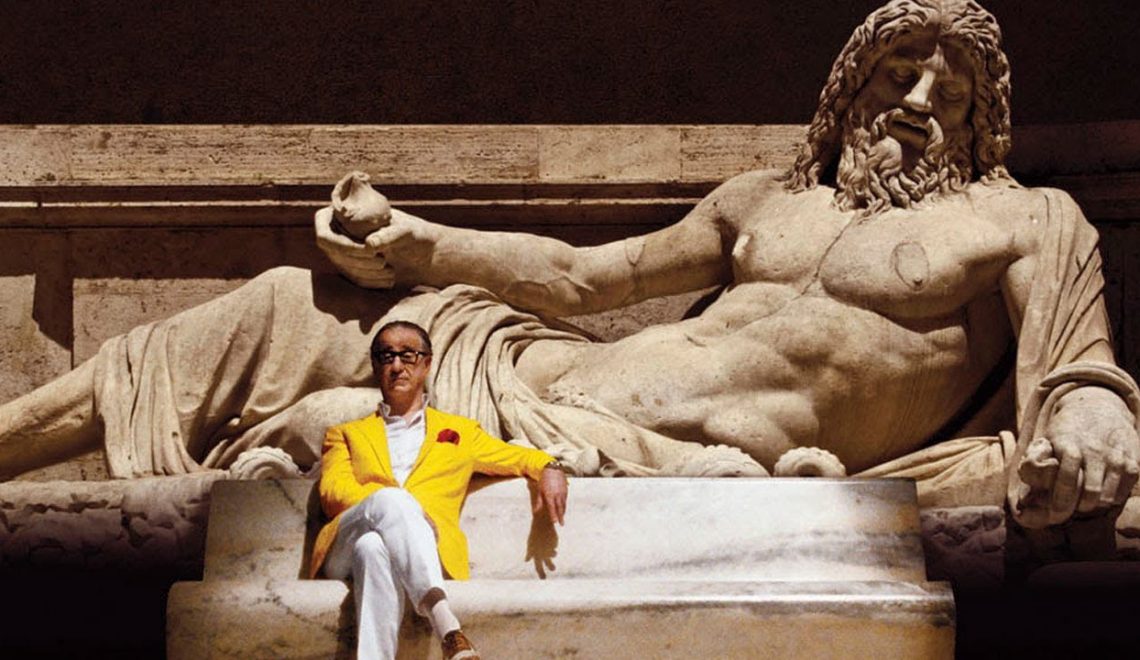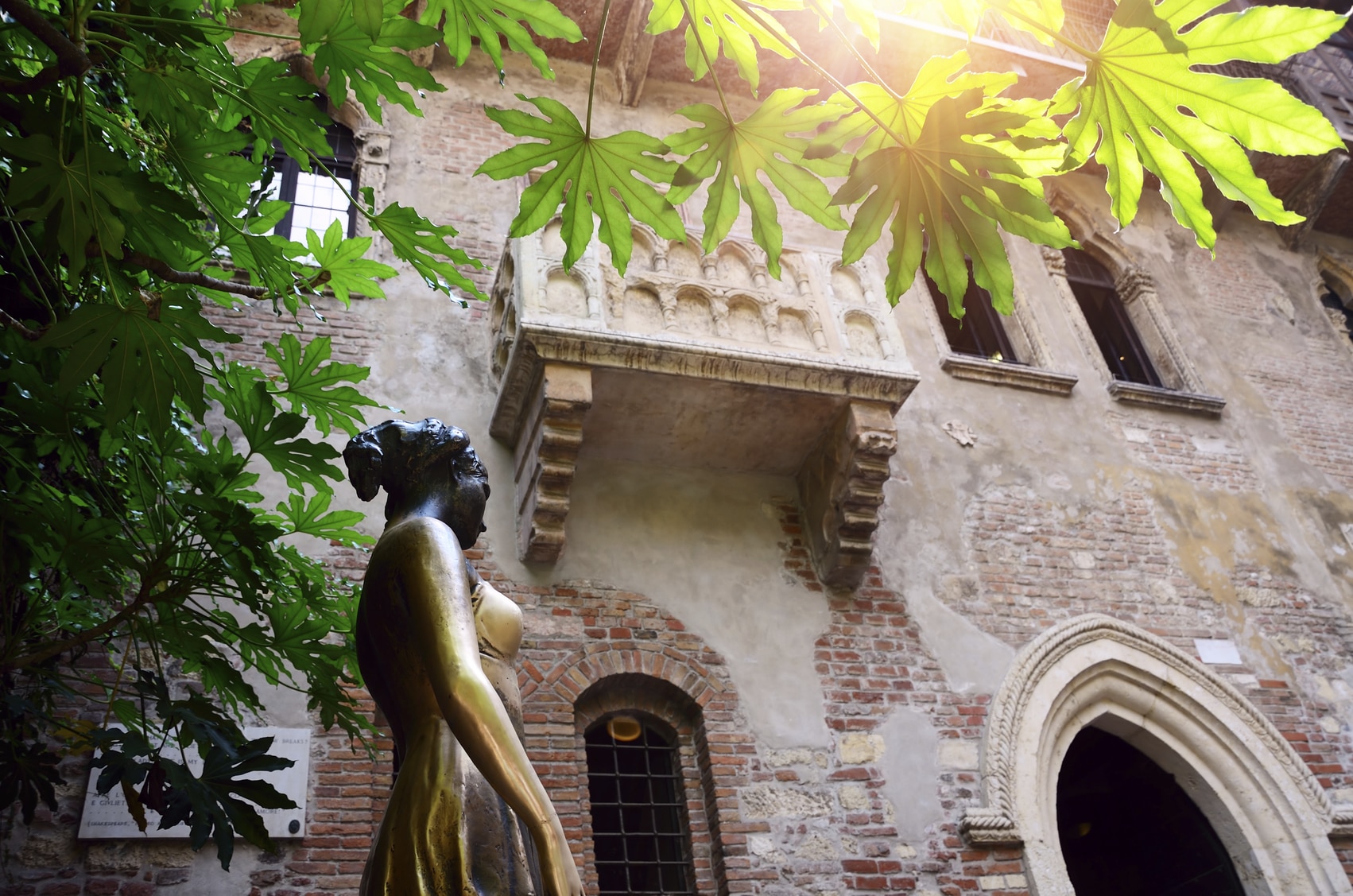
Italy’s diverse landscapes and rich history have been pivotal in iconic films, transforming from mere backdrops to characters that enhance narratives and emotional depth across genres.
- The Italian Job: Venice’s Cinematic Chase
- James Bond Film Italian Location
- Rome’s Eternal Charm in “La Dolce Vita” and “Roman Holidays”
- Tuscany’s Timeless Beauty
- Naples and Campania
- Turin’s Shadows
The Italian Job: Venice’s Cinematic Chase
“The Italian Job” is a remake of the 1969 film “The Italian Job“, a famous film by Peter Collinson starring Michael Caine. While the latter was filmed in Turin, the first 20 minutes of the more recent version take place in Venice. Venice serves as a picturesque yet thrilling backdrop to “The Italian Job”, where the city’s intricate canals and historic beauty underscore a gripping chase scene. Its architectural marvels and winding waterways provide not just a visual feast but a dynamic landscape for the film’s high-stakes heist. Venice’s blend of old-world charm and the adrenaline of pursuit perfectly encapsulates the film’s essence, marrying the allure of Italian culture with the excitement of cinematic chases.
Travel by train from Turin to Venice with Italo’s high-speed trains
The Tourist: set in Venice
“The Tourist”, set against the picturesque backdrop of Venice, transports audiences to the enchanting city renowned for its intricate waterways, historic architecture, and romantic allure. The film’s locations, from the grandeur of its palazzos to the intimate, winding alleys, play a pivotal role in the unfolding drama, encapsulating the essence of intrigue and beauty that defines Venice. This choice of setting not only enhances the cinematic experience but also pays homage to the city’s unique blend of history, art, and culture, making “The Tourist” a visually stunning journey through one of Italy’s most captivating cities. 
James Bond’s Italian Film Locations
The James Bond saga is more than just a setting, it’s a canvas for the series’ hallmark blend of elegance and action. Its historical allure juxtaposed with Bond’s modern-day espionage crafts scenes that are both visually captivating and thrilling. Venice’s timeless charm, from its iconic canals to the grandeur of St. Mark’s Square, plays a key role in the narrative, enhancing the Bond films’ legacy as a blend of tradition and contemporary thrill, making it a quintessential location in the spy genre.
Rome’s Eternal Charm in “La Dolce Vita” and “Roman Holidays”
In Rome, “La Dolce Vita” captures the city’s effervescent nightlife, with scenes like the iconic Trevi Fountain embodying Rome’s allure. This film showcases Rome as a labyrinth of hedonistic pleasures, where the city’s architectural majesty meets the fleeting joys of its high society. “Roman Holidays,” on the other hand, presents Rome as a canvas for adventure and romance. Its ancient streets and monuments serve as the backdrop for a princess’s incognito journey, blending historical grandeur with the charm of a modern love story. Together, these films encapsulate Rome’s eternal charm, where history and romance intertwine beneath its timeless skyline.
Travel from and to Rome with Italo’s high-speed trains
Rome: A Divine Stage for Angels & Demons
“Angels & Demons” is thrillingly set against the historical and enigmatic backdrop of Rome. The Eternal City, with its ancient monuments, sprawling Vatican City, and labyrinthine streets, serves as the perfect canvas for this tale of mystery, religion, and conspiracy. Rome’s iconic landmarks, such as St. Peter’s Basilica, the Pantheon, and the Sistine Chapel, are more than mere settings; they are integral to the unfolding of the film’s plot, imbuing the narrative with a sense of authenticity and grandeur. The juxtaposition of Rome’s sacred sites with the story’s dark themes of secret societies and hidden truths creates a riveting contrast that is both visually and thematically compelling. 
Tuscany’s Timeless Beauty
Under the Tuscan Sun (Umbria and Positano)
This film, while primarily set in the sun-drenched hills of Tuscany, takes its audience on a journey that stretches to the breathtaking Amalfi Coast, highlighting the stunning diversity of Italy’s landscapes. The protagonist’s restoration of a villa mirrors her personal journey of self-discovery and renewal, with the picturesque settings of Umbria and Positano playing a crucial role in her transformation. The film aptly captures the essence of Italian beauty, from its lush countryside to the azure coasts, embodying the spirit of adventure and the search for beauty amidst life’s ruins.
Arezzo’s Role in La Vita è Bella
The historic city of Arezzo sets the stage for this profoundly moving tale, where its ancient streets and squares become silent witnesses to the film’s unfolding drama. The juxtaposition of Arezzo’s timeless beauty against the narrative’s harrowing backdrop of World War II adds a poignant contrast, enhancing the film’s emotional depth.
Visit the beauties of Tuscany with Italo
Siena’s Ancient Landscape in The Gladiator
The rugged and ancient landscapes surrounding Siena provide a historically authentic and visually striking setting for “The Gladiator.” This film utilises the area’s natural beauty and historical ruins to symbolise the protagonist’s internal battle and longing for redemption. Siena’s countryside, with its historic villas and rolling hills, adds a layer of realism and grandeur to the epic tale of courage and justice, reflecting the protagonist’s journey from slavery to heroism against the backdrop of the Roman Empire’s grandeur. 
A Room with a View Italian Filming Locations
The enchanting city of Florence, with its rich Renaissance art and architecture, serves as a pivotal setting for this story of love and societal conventions. The film’s locations in Florence, including views of the Arno River, the Duomo, and various Renaissance artworks, not only provide a romantic and cultural backdrop but also reflect the protagonist’s internal awakening and quest for independence. Florence’s artistic heritage and its role in the enlightenment of the characters make it a vital component of the film’s exploration of freedom and love.
Twilight: New Moon in Volterra and Montepulciano
The ancient towns of Volterra and Montepulciano offer a mystical and historically rich setting for the supernatural romance of the Twilight saga. These locations, with their mediaeval architecture and timeless ambiance, perfectly encapsulate the tension and allure of the series’ storyline. The choice of these towns adds a layer of authenticity and enchantment to the saga.
The Setting of Letters to Juliet
“Letters to Juliet” unfolds in the sun-drenched landscapes of Italy, predominantly in the charming city of Verona (Veneto) and picturesque Siena (Tuscan countryside). Verona, the city immortalised by Shakespeare’s tale of Romeo and Juliet, offers a romantic backdrop that is integral to the film’s narrative. The story weaves through the city’s ancient streets, past Juliet’s famous balcony, where people from around the world leave letters to Juliet Capulet. The lush vineyards, rolling hills, and rustic charm of Tuscany further envelop the film in Italy’s breathtaking beauty, capturing the essence of a country rich in history, art, and love.
From Verona to Florence with Italo in only 1 hour and 27 minutes

Naples and Campania
Visit the beauties of Campania with Italo
Star Wars Episode 1 and 2: The Royal Palace of Caserta
In “Star Wars Episode I: The Phantom Menace” and “Star Wars Episode II: Attack of the Clones,” the Royal Palace of Caserta, Italy, majestically stands in for the regal planet of Naboo, specifically as the exterior of Queen Amidala’s Royal Palace. This grandiose 18th-century Baroque palace, one of the largest royal residences in the world, perfectly encapsulates the elegance and sovereignty of Naboo, blending seamlessly into the Star Wars universe with its lavish gardens and opulent architecture. The palace’s sprawling, meticulously designed landscape and richly decorated interior spaces provide a fittingly majestic backdrop for the saga’s complex narrative of political intrigue and romance. By incorporating such a historically and architecturally significant location, the Star Wars films enhance their visual storytelling, bridging the fantastical with the tangible and grounding the narrative’s intergalactic adventures in a real-world splendour that resonates with audiences.
Visit Caserta with Italo’s high-speed train

Naples’ Dramatic Scenes in Mission Impossible 3
The vibrant and chaotic energy of Naples complements the thrilling action and intricate plot of the Mission Impossible series. These films, among others, have not only brought Italian vistas into the homes of international viewers but have also contributed to the global understanding and appreciation of Italy’s unparalleled beauty and cultural richness. Through cinema, Italy continues to captivate and inspire, proving that its landscapes and cities are as timeless as the stories they help tell.
Travel from and to Naples by high-speed train
Turin’s Shadows
The Enigmatic Setting of Deep Red
“Deep Red,” a film that stands as a masterpiece in the “giallo” genre, directed by Dario Argento, is predominantly set against the urban landscape of Turin, Italy. This northern Italian city, with its atmospheric streets, baroque buildings, and a sense of looming mystery, provides the perfect setting for the thriller’s tense and intricate plot. Turin’s architecture and fog-filled ambience contribute significantly to the film’s eerie and suspenseful mood, embedding the narrative in a place that feels both beautiful and haunting. The city’s historical and modern elements blend seamlessly on the screen, reflecting the film’s fusion of traditional mystery with avant-garde horror.







